This is how you build a collaborative robot cell
- Details
- Hits: 4869
Work human and Robot Together without a protective fence, both can make full use of their advantages. Normative prerequisites have been created for their safe cooperation. In many companies there are already collaborative robot cells in use. But what about that? Planning and construction of such robot cells? This post by Schmersal shows you the way.
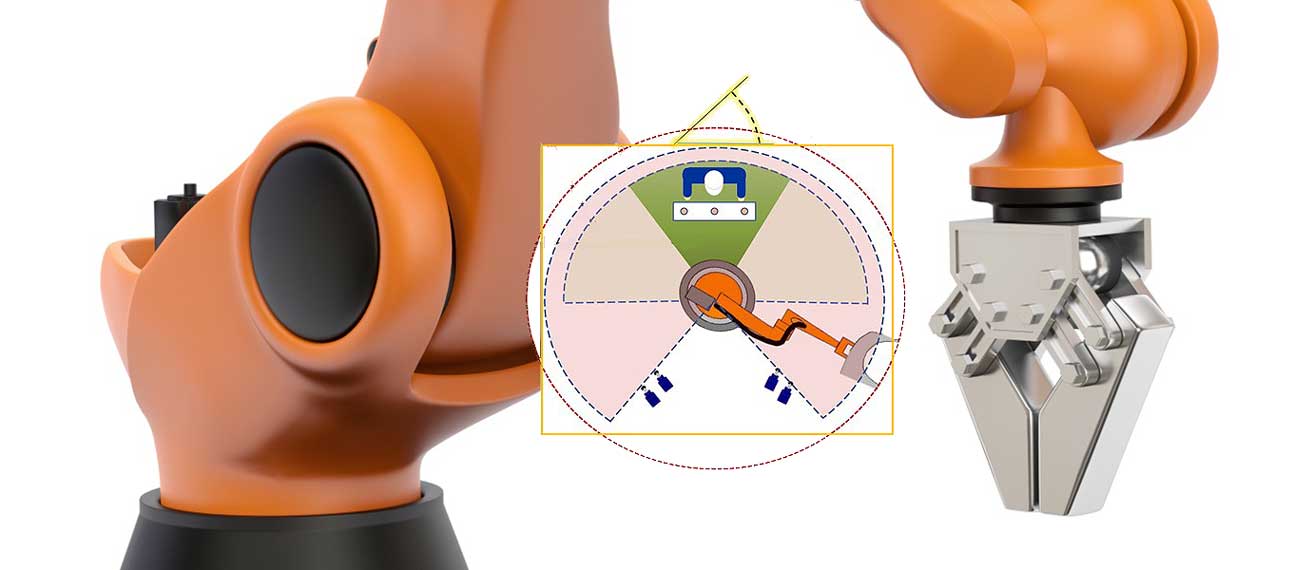
Contents
- Robot behind the protective fence
- Direct cooperation between robots and humans
- The path to a collaborative work system according to ISO/TS 15066
Robot behind the protective fence
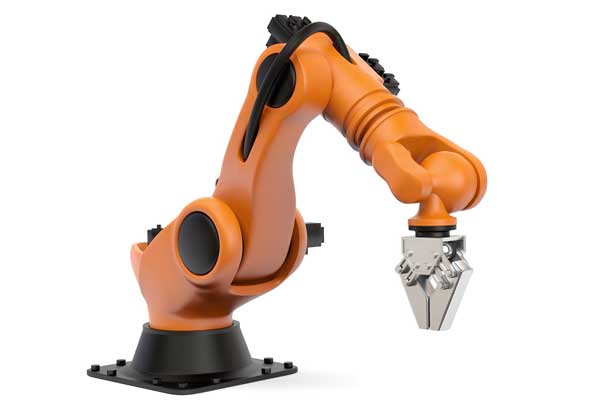 For decades, one was the case in automated manufacturing iron basic rule: The work areas of people and Robot must be strictly separated. In practice, this means that the robot does its work behind a protective fence while the human moves freely. But it also meant that the two couldn't really work together.
For decades, one was the case in automated manufacturing iron basic rule: The work areas of people and Robot must be strictly separated. In practice, this means that the robot does its work behind a protective fence while the human moves freely. But it also meant that the two couldn't really work together.
However, for many years there have been efforts to ensure safe and standard-compliant direct collaboration human and robot to enable. The Schmersal Group has also been and has been involved in the implementation for more than twenty years. With the safe robot control “Safety Controller”, the company has one Safety control developed that limits and monitors the robot's work area. This creates an important prerequisite for real collaboration without a dividing protective fence.
Direct cooperation between robots and humans
Today they will too Cobots The aforementioned collaborative robots are used in many fields and companies. This usually results in a division of labor in which both parties can exploit their advantages. The cobot contributes its strength, repeatability and freedom from fatigue; humans complement these characteristics with intelligence, perception, experience and problem-solving skills.
The combination of these skills can significantly increase flexibility in the assembly or production process. In the age of Industry 4.0, small series are increasingly being produced or different products are being manufactured on one line.
Collaborative robot cells and their high utility value
 A distinction is made between smaller cobots, which are integrated into production or assembly without a protective fence, and collaborative robot cells, which larger robots and operators work together in an area separated and demarcated by protective devices. The second case will be considered here.
A distinction is made between smaller cobots, which are integrated into production or assembly without a protective fence, and collaborative robot cells, which larger robots and operators work together in an area separated and demarcated by protective devices. The second case will be considered here.
Such a cell needs a protective fence Protective doors as well as feeding options into and out of the danger area. An example are conveyor systems or transfer stations for the products to be processed. The cell, on the other hand, does not require any physical separation or security between the human and human work areas Robot more.
Rather, both work in a work system as part of the Smart Factory together. Because this cooperation is advantageous, there are many Cobot manufacturer and at least as many system integrators whose systems produce smaller batch sizes in a highly productive manner thanks to cobots.
Clear principles for collaboration between robots
Many manufacturing companies in a wide variety of industries are wondering what they need to consider when designing and operating such robot cells with human-robot collaboration.
 Event tip: Seminars on robotics
Event tip: Seminars on robotics
For this new type of collaboration normative foundations created. The aim of these is to use the robot Safety devices to equip people to protect themselves. This is how the robot became a cobot. As in general in the machine safety or within the scope of the Machinery Directive, the pyramid of standards with harmonized Type A, Type B and Type C standards also applies to collaborative robots.
The general pyramid of norms
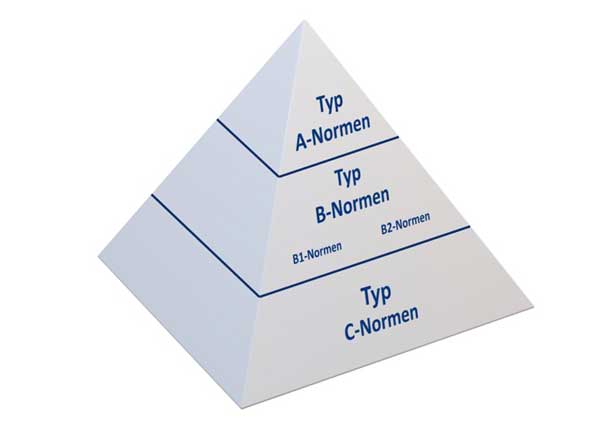 As a Type A standards is the basic safety standard EN ISO 12100 (risk assessment). The Type B1 standards become a little more specific. They deal with special security aspects. Examples are the well-known EN ISO 138349 for safety-related parts of controls and EN ISO 11161 for integrated manufacturing systems. The Type B2 standards provide specifications for individual types of safety devices such as emergency stop devices (EN 13850).
As a Type A standards is the basic safety standard EN ISO 12100 (risk assessment). The Type B1 standards become a little more specific. They deal with special security aspects. Examples are the well-known EN ISO 138349 for safety-related parts of controls and EN ISO 11161 for integrated manufacturing systems. The Type B2 standards provide specifications for individual types of safety devices such as emergency stop devices (EN 13850).
There are several technical standards specifically for robotics Type C standards. This includes:
- EN ISO 10218: Industrial robots – Safety requirements, divided into Part 1 (Robots) and Part 2 (Robot Systems and Integration). Safety requirements for robot cells are defined here.
- EN ISO 11161: Safety of machines - Integrated manufacturing systems - Essential requirements
- ISO/TS 15066: Robots and robotic devices – collaborative robots
However, the latter standard is not harmonized, which means it is not listed under the MRL.
Furthermore, the series of standards is available EN ISO 10218 shortly before the release of a revised version. From this point on, part two of the series of standards will contain the requirements of ISO/TS 15066, so that the requirements for systems for human-robot collaboration can soon be completely taken from EN ISO 10218-2.
In addition to the standards, there are other helpful documents on the topic machine safety in collaborative robots. For example, DGUV information 209-074 “Collaborating robot systems” including a checklist as well as a VDMA position paper “Safety in human-robot collaboration” and several useful white papers from TÜV Austria deal with the robotics topic.
The path to a collaborative work system according to ISO/TS 15066
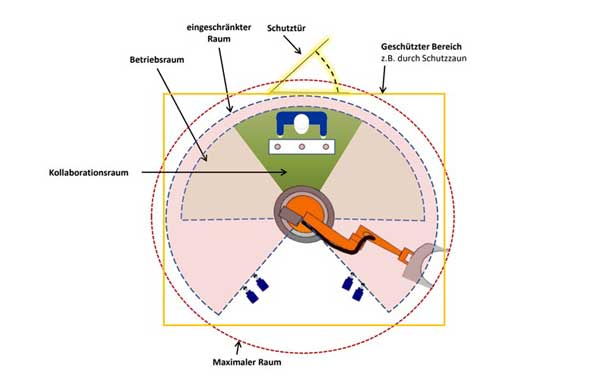 EN ISO 10218 defines this Rooms, which must be taken into account when designing the safety measures of robot cells. It affects the maximum space, restricted work space, operating space and protected area of collaborative robots.
EN ISO 10218 defines this Rooms, which must be taken into account when designing the safety measures of robot cells. It affects the maximum space, restricted work space, operating space and protected area of collaborative robots.
In addition, collaborative robots have one Collaboration space, which is described in EN ISO 10218-1 and ISO/TS 15066. Humans and robots can be in it at the same time and carry out tasks. The corresponding operating mode is called “collaborative operation”.
This also results in the design of the protective devices of collaborating robots or on the safe way to Cobot Pyramid of three:
- Construction/selection of the robot according to ISO 10218-1 (robot manufacturer)
- Design of the robot cell according to ISO 10218-2 and if necessary also ISO 11161 (integrator)
- Consideration of ISO/-TS 15066 for collaborative operation (integrator).
Requirements for collaborative operation
What are the specific requirements for the Design and planning a robot cell as a “collaborative work system” according to ISO/-TS 15066? Once the layout of the cell has been defined, the designer should determine the hazards and carry out a risk assessment. This results in the necessary measures to reduce risk. The measures permitted for a collaborative work system are described in ISO/-TS 15066 and are defined there with the corresponding requirements.
Designing the layout of the robot cell
The design of the layout is a Core process in risk reduction in collaborative robot cells. In the layout, the designer specifies the above-mentioned rooms, including the collaboration room, as well as the access to the danger areas. The ergonomics should be taken into account Human-machine interface must be taken into account and if necessary the additional space for tracking movements of the robot, e.g. B. is required after the emergency stop device has been activated.
Take special risks into account
Designers and safety engineers must also have something special potential hazard by robots and include them in the risk assessment. It was not without reason that the work areas of humans and robots had to be strictly separated in the past. The hazard lists in Appendix A of EN ISO 10218-1 and EN ISO 10218-2, which specifically address the hazards of robots and those in robot cells, are helpful in this context.
The potential danger consists, among other things, of a robot moving with high energy moves at a long range and its travel path is difficult to predict. It is also to be expected that several robots will work in a common operating room. The collaboration space must therefore be clearly defined. Each operator in this room or in the robot's work area must have their own control element. It is also safe to use Software prescribed for axis and space limitation. This is usually provided by the robot manufacturer.
Opportunities for designing a collaborative business
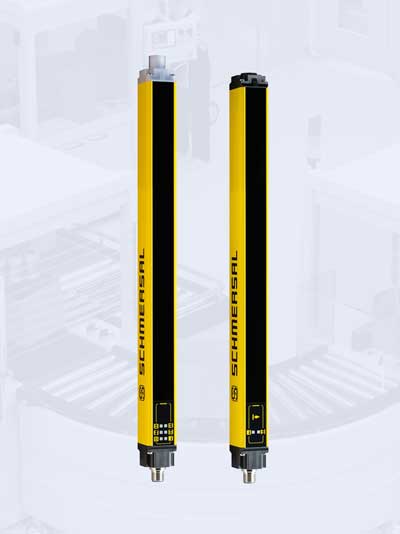 The ISO/TS focuses on four possibilities for collaboration between operator and robot. These include:
The ISO/TS focuses on four possibilities for collaboration between operator and robot. These include:
- Hand guidance of the robot (movement of the Robotic arm by human force)
- Speed and distance monitoring (reducing speed through distance)
- Safety-rated monitored stop (stop category 2, restart when leaving the collaboration room)
- Performance and force limitation (risk reduction through reduced forces).
Almost all of these methods require Control Technology, so additional safety features need to be evaluated.
Power and force limitation in human-robot collaboration
The main danger when humans and robots work together is this accidental contact from both. When limiting power and force, the consequences of such contact should therefore be minimized. If contact is likely to occur in the collaboration room, the exposure limits based on individual body parts must be taken into account.
This can be implemented through passive occupational safety measures such as foam padding, a larger contact area or limiting the moving masses. The designer can also actively prevent this using control technology by limiting force or torque sensors integrated, which detects the operator.
Safe monitoring of the cobots
When robot cells are operated collaboratively, various safety functions must be implemented. Depending on the collaborating operation, force, torque, speed or position of the Robot axis monitored in a safety-related manner. An operating mode selector and enabling switch are usually also part of the safety-related equipment. The relevant products and system solutions are provided by the tried and tested Schmersal portfolio is available for storage, management and analysis.
After design: verification and validation
According to ISO/TS 15066, the result of the design of a collaborative robot cell must be finally verified and validated. Due to the high risk potential in robotics, this step is essential to finally confirm safety and achieve compliance with the Machinery Directive. Schmersal's services provide support in this and in the upstream work steps such as conformity assessment, risk assessment, force and pressure measurement tec.nicum the users. The safety consultants have the necessary expertise and a high level of industry expertise in a wide variety of areas industrial automation.
You might also be interested in...
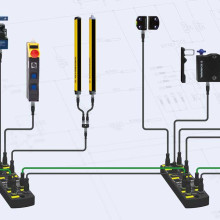
Safe field box with reduced wiring effort
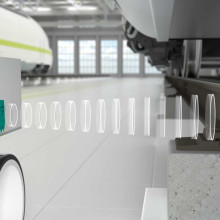
RFID and Barcodes | Industrial identification
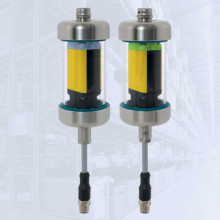
Light barrier, light grid, light curtain for safety
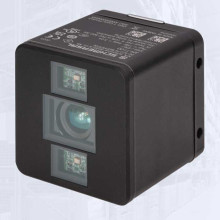
3D Camera | Industrial image processing
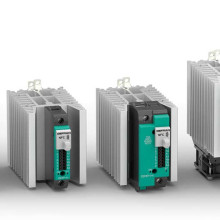
Relays & Switches | Discover the possibilities!
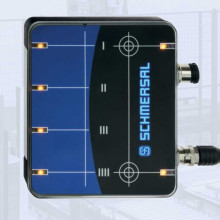
Safety switches and sensors for machine safety

Benjamin Bottler M.Sc. is a safety consultant in the Schmersal Group, Wuppertal.
